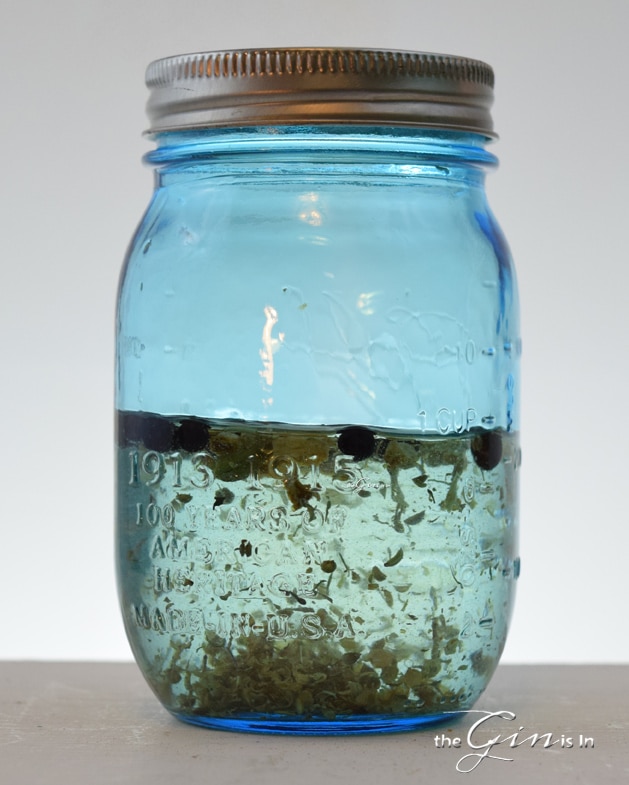
Are Bathtub Gins Gin?
Legally, the requirement to be called gin is the presence of juniper as the spirit’s primary flavor. While more precise legal designations such as London Dry Gin do specifically state that the flavor comes from distilling with juniper, gin itself is agnostic. In other words, yes a spirit where you take vodka and let botanicals, including juniper, sit in it for a period of time are indeed gins. But do they correspond with drinkers’ expectations of gin?
Expectations for DIY Gin
To most drinkers, gin is a clear spirit. And to most drinkers, the juniper in gin has a certain flavor which is only obtained through distillation. Bathtub Gin is cloudy and often times somewhere between golden and brown. Additionally, bathtub gins, as they do not rely on distillation to impart juniper flavors, often have a different juniper expression. I’d describe it as more earthy and more oily. Distilled juniper is a bit more herbaceous and piney.
This is to say that you can’t make a gin. Or a good gin via this method. It’s simply that for many gin drinkers the gins produced via the bathtub method don’t match their expectations.
If you want to try some bathtub gins, including those made my professional distilleries, check out our list of reviews for bathtub, or compounded gins.
The challenges for DIY gins
I’d say the biggest challenge for home-made DIY gin kits is the color. Often times unpleasant, to downright garish, the hues change the expected appearance of cocktails. Cognitive dissonance is often something to be overcome. Given the way bathtub gins are made, there’s little you can do about the color. It will have color. A longer maceration will result in a brown color; a shorter one slightly more golden.
The second obstacle is the flavor. Infused botanicals taste more like their physical selves. You’re going to get the whole juniper berry in a bathtub gin; whereas a distilled gin will only take the aromatic molecules which evaporate and condense. And even then, if they evaporate too soon or too late [heads or tails], they won’t end up in the gin. In bathtub gin, none of this applies. You only get the flavors which leech out in the presence of ethanol and water. In short, you’re getting a wholly different set of aromatic molecules.
This isn’t to say that the set of aromatic molecules you get in a DIY gin are inherently inferior to those from distilled gin. It’s simply that they are different and expectations can pre-bias gin drinkers against golden, umber-hued bathtub gins.
Our Experiment
So in an effort to find the best way to make a DIY gin (without a still), we took a Ginbrew botanical blend that they sent us and tried it three different ways.
In the first batch, we tried using a quick gravity filtration method to capture the top notes and not get the dark autumnal hues that a long maceration periods often impart to DIY gin.
For the second batch, we used the “tea bag” method that many DIY gin kits are now using. By putting the botanicals in a bag, it makes the filtration step easier; but we wondered, does it make a better DIY gin?
Finally, we tried making a bathtub Old Tom style gin. We took a vodka with character, a little bit of sugar, and otherwise followed the directions to the letter. We wondered if bathtub gin naturally lent itself to other ways that the home drinker can add character to their gin.
DIY?
If you’ve been gifted one of these DIY gin, or bathtub gin kits, or bought one for yourself, we’d love to hear how it turned out. Let us know!
